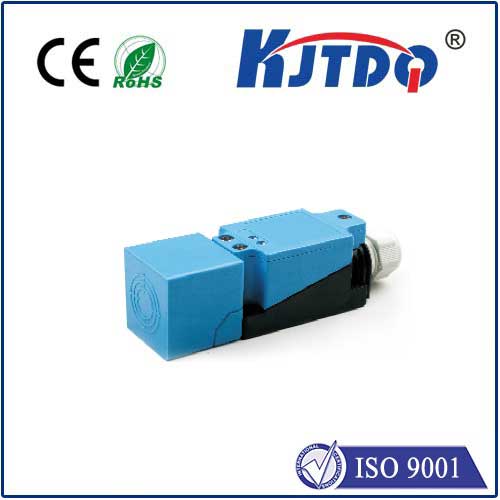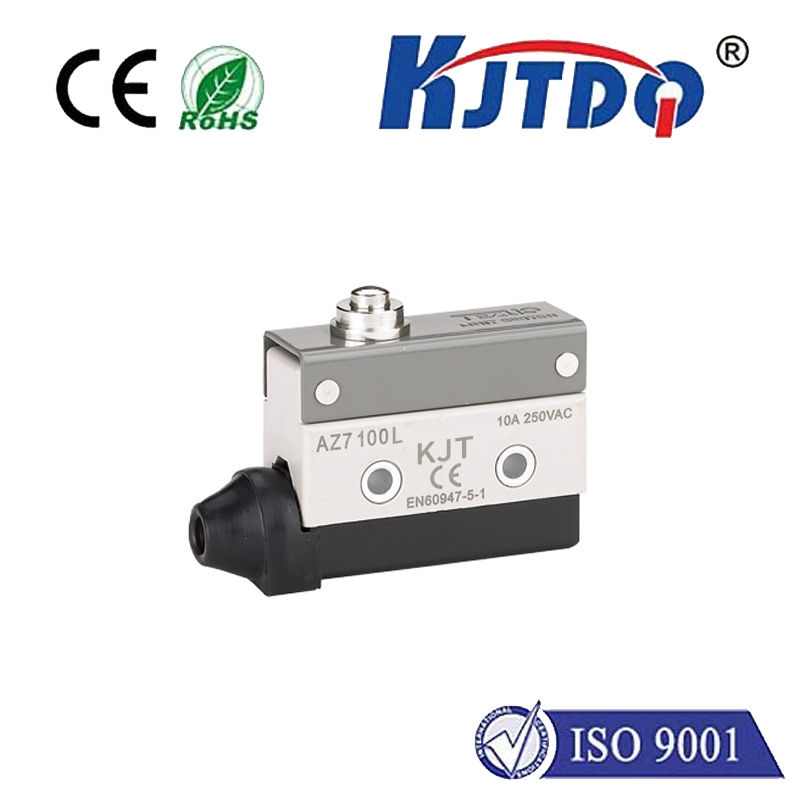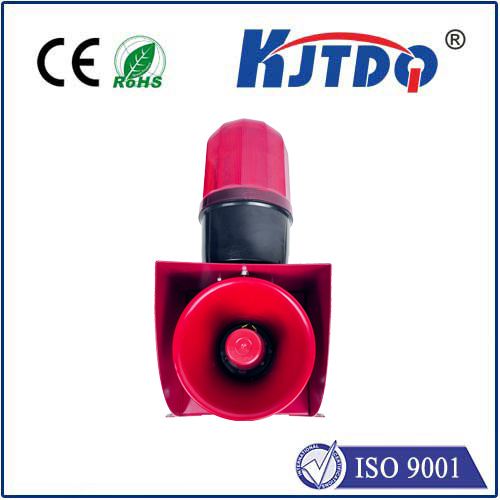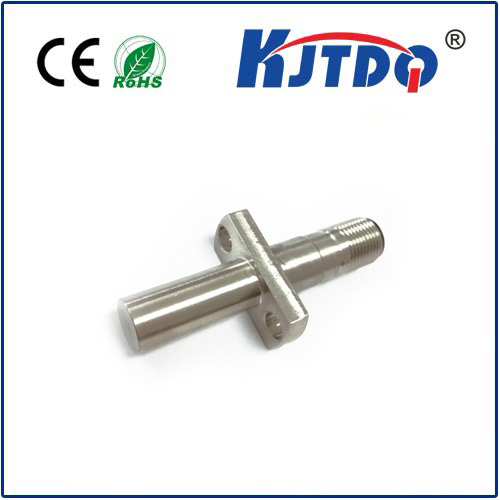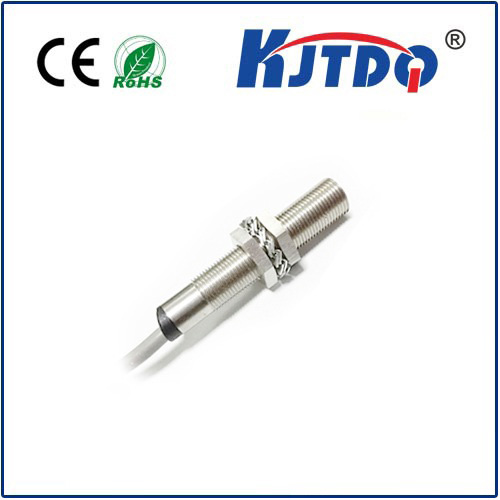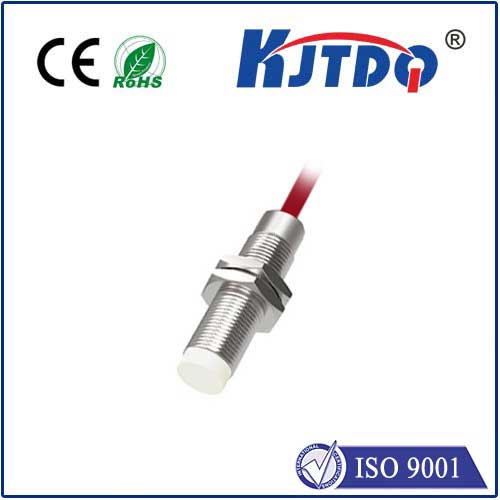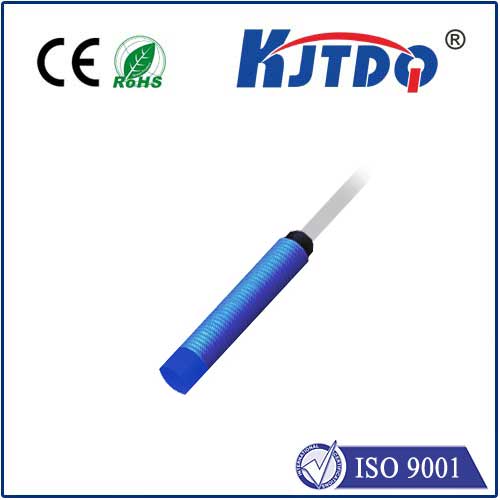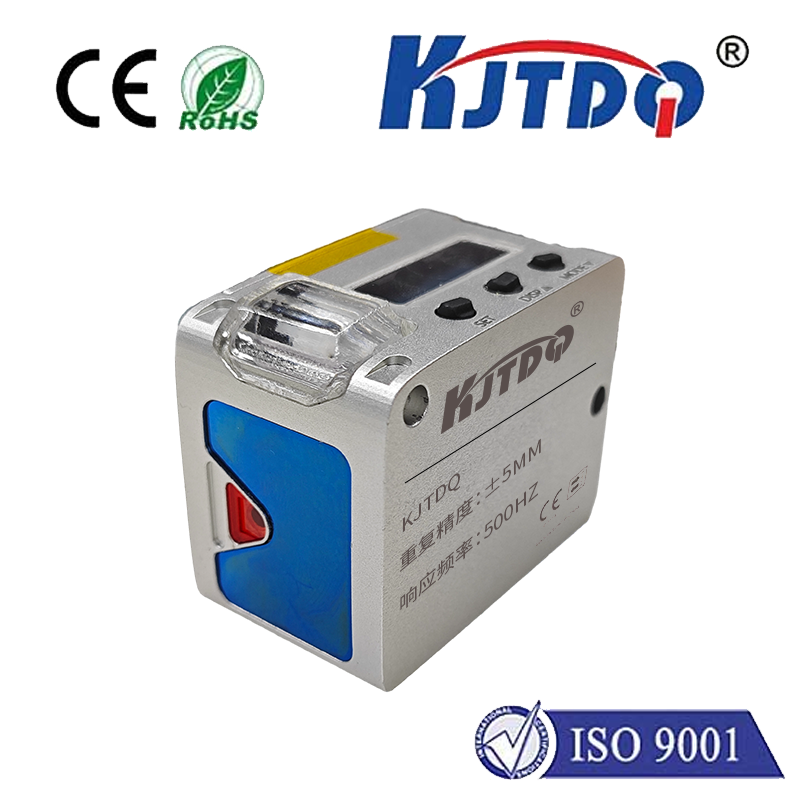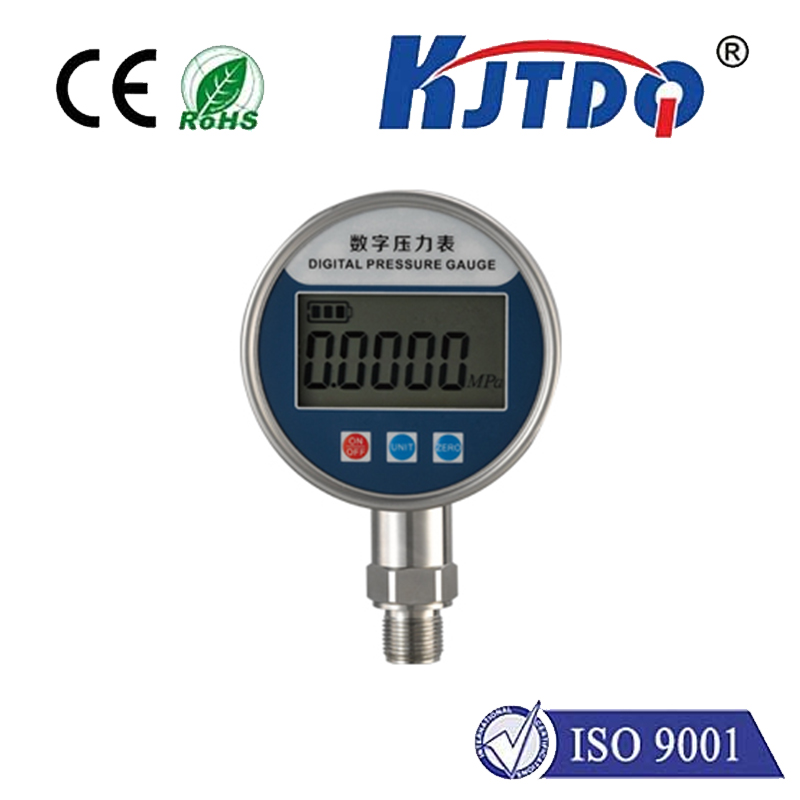
check

check

check

check
Title: The Importance and Functions of Down Limit Switches
In industrial automation, down limit switches play a critical role in ensuring the safe and reliable operation of machines. These switches are designed to detect when a machine's movement has come to a halt or has been limited from moving any further. They are often used in applications where it's essential to prevent over-speed or over-load of machinery, as well as in situations where precise control of machine movements is necessary. In this article, we will explore the importance and functions of down limit switches, their types, and how they work.
1. Importance of Down Limit Switches
Down limit switches are crucial components in various industrial systems, including manufacturing, automotive, food processing, and aerospace industries. Their primary function is to provide real-time feedback on the position of a mechanical component within a machine. This information is essential for ensuring that the machine operates within specified parameters, preventing costly damage to equipment, and minimizing the risk of worker injury. By monitoring the movement of a machine's components, down limit switches enable operators to make informed decisions about how to maintain optimal performance and ensure safe operation.
2. Types of Down Limit Switches
There are several types of down limit switches available, each with its unique features and applications. Some of the most common types include:
a) Contact Limit Switches: These switches use a physical contact mechanism to sense the movement of a machine's component. When the component reaches its designated limit, the switch contacts an electromagnet, causing a signal to be sent to the control system.
b) Magnetic Limit Switches: Similar to contact limit switches, magnetic limit switches use a magnetic field to detect the movement of a machine's component. When the component comes into contact with a magnet, a signal is generated, allowing the control system to take appropriate action.
c) Optical Limit Switches: These switches use light emission to monitor the movement of a machine's component. When the component reaches its limit, it blocks light from emitted by an LED, triggering a signal to the control system.
d) Pressure Limit Switches: These switches use pressure sensors to detect the pressure exerted on a machine's component. When the pressure exceeds a specified threshold, the switch triggers a signal to the control system.
3. How Down Limit Switches Work
The working principle of down limit switches depends on their type. In general, however, these switches operate based on the detection of physical or electrical changes in the environment around them. Here's how they work:
a) Contact Limit Switches: The contact limit switch uses a metal slider or arm that contacts another metal plate when the machine's component moves beyond its limit. A circuit is then formed between the contact points, sending a signal to the control system to take action.
b) Magnetic Limit Switches: The magnetic limit switch consists of two parts: a magnet and an armature coil. When the machine's component moves beyond its limit, it comes into contact with the magnet, triggering a change in polarity of the armature coil. This change in polarity sets off an electromagnetic signal that sends a message to the control system.
c) Optical Limit Switches: The optical limit switch emits infrared light through an LED when the machine's component moves beyond its limit. When the component obstructs this light, it triggers a change in state within the sensor, which generates an electrical signal that is sent to the control system.
d) Pressure Limit Switches: The pressure limit switch uses a pressure sensor that detects changes in pressure exerted on a machine's component. When the pressure exceeds the set threshold, the sensor sends a signal to the control system indicating that the machine's component has reached its limit.
Conclusion
Down limit switches are essential components in ensuring safe and efficient operation of industrial machines. By providing real-time feedback on machine movements, they help operators make informed decisions about maintenance, speed control, and safety measures. With their diverse types and functionality, down limit switches offer versatile solutions for different applications in various industries.
